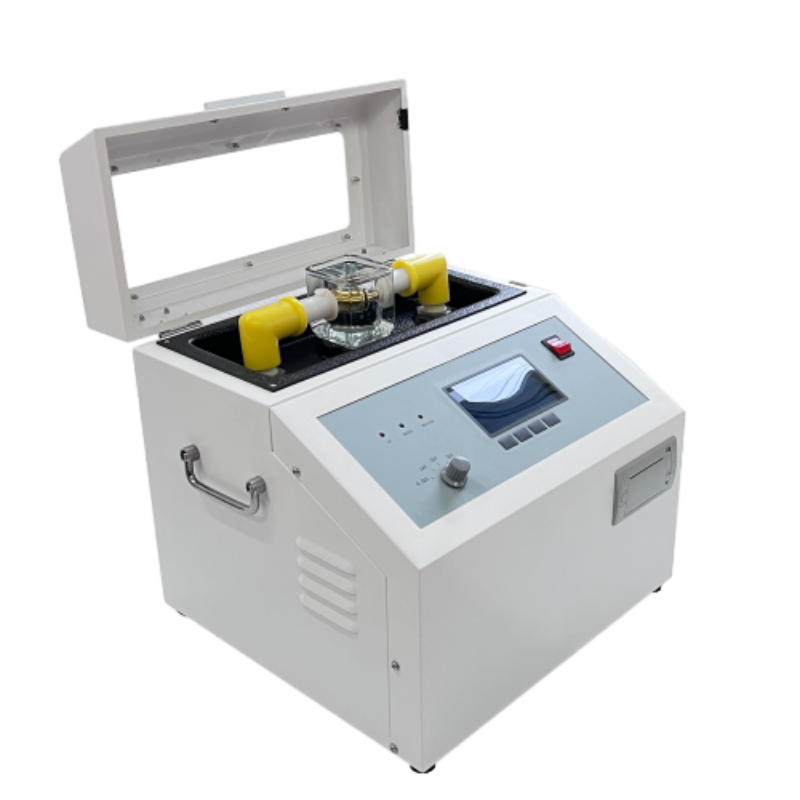 English
English


pv insulation resistance tester
Understanding PV Insulation Resistance Testers
In the renewable energy landscape, the importance of photovoltaic (PV) systems cannot be overstated. With the push for more sustainable energy sources, PV solar panels have become increasingly popular. However, to ensure these systems operate efficiently and safely, regular maintenance and testing are crucial. One essential tool for this is the PV insulation resistance tester.
What is a PV Insulation Resistance Tester?
A PV insulation resistance tester is an instrument used to measure the insulation resistance of photovoltaic systems. It is designed to assess the integrity of insulation in solar panels, wiring, and other related components. By doing so, it helps identify potential issues such as leakage currents and insulation breakdown that could lead to system inefficiencies or safety hazards.
Importance of Insulation Resistance Testing
Insulation resistance testing is vital for several reasons. First, it helps ensure the safety of both the installation and the personnel. Poor insulation can lead to electrical shocks, fires, or damage to the photovoltaic equipment. By regularly testing insulation resistance, operators can detect issues early and address them before they escalate into serious problems.
Second, insulation tests contribute to the longevity and efficiency of the PV system. High insulation resistance readings indicate that the system is operating within safe parameters, reducing the likelihood of energy loss due to electrical faults. Conversely, low insulation resistance may signify potential degradation or failure, prompting necessary repairs or replacements to maintain optimal performance.
How Does It Work?
pv insulation resistance tester

A typical PV insulation resistance tester applies a high voltage (usually between 250V to 1000V) to the system under test. This voltage stresses the insulation and allows the tester to measure the resistance. The results are usually displayed in megaohms (MΩ). A reading above a certain threshold (commonly above 1 MΩ) is considered acceptable, while readings below this may indicate a need for further investigation and remediation.
Modern PV insulation resistance testers often come equipped with additional features such as data logging, which enables operators to save measurements for historical reference and trend analysis. Some devices offer automated testing sequences, ensuring that operators can efficiently test multiple strings of solar panels in a systematic manner.
Best Practices for Testing
When using a PV insulation resistance tester, there are several best practices to uphold. First and foremost, always adhere to safety protocols and manufacturer guidelines. Ensure that the system is de-energized before testing, and use personal protective equipment where necessary.
Additionally, conduct tests during optimum weather conditions. High humidity or precipitation can affect testing results. Furthermore, it is advisable to establish a testing schedule, conducting regular inspections based on the manufacturer's recommendations and environmental conditions.
Conclusion
In summary, the PV insulation resistance tester is an indispensable tool in the maintenance and management of photovoltaic systems. By regularly measuring insulation resistance, operators can safeguard their installations against failures and enhance the overall efficiency and safety of solar power generation. As the adoption of PV technology continues to grow, ensuring the reliability of these systems through diligent testing will be paramount for sustainable energy solutions.
-
Differences between open cup flash point tester and closed cup flash point testerNewsOct.31,2024
-
The Reliable Load Tap ChangerNewsOct.23,2024
-
The Essential Guide to Hipot TestersNewsOct.23,2024
-
The Digital Insulation TesterNewsOct.23,2024
-
The Best Earth Loop Impedance Tester for SaleNewsOct.23,2024
-
Tan Delta Tester--The Essential Tool for Electrical Insulation TestingNewsOct.23,2024





